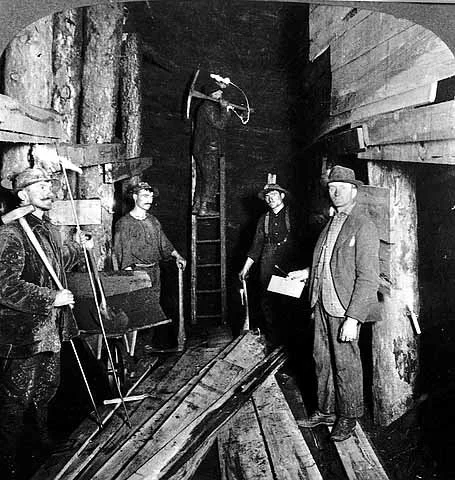A MULE WAS WORTH MORE THAN A MAN
Graphic score for open instrumentation
installed at Joseph Nease Gallery summer 2023
full work here
In the early days of underground mining, mules worked in the drifts below grade hauling equipment, overburden, and ore. The mules would come above ground only a few times a year, living mostly in the darkness. Because it took considerable effort to transport a mule underground and it could haul much more than a man ever could, the animals were very valuable - more valuable than the cheap and often exploited immigrant labor force who regularly arrived from the old country. Working men were easier to replace than the mules.
According to Herb Noren of Soudan, MN,
The mules used to work shifts, eight or ten hours, and the same mule was never used two shifts in a row. They stayed in the mine and would be brought up probably one a year or something like that for a few months. To move the mules in and out of the mine, they were put in “the cage,” a basket-like elevator used to move men and materials from above ground to underground and back. Noren explained “the cage was kind of small for them, so they kind of forced them in there … and they got them up that way. They were large mules. They weren’t [these] small mules, they were good-sized mules…. Some miners mistreated the animals, striking them on the back with chains, Noren recalled. Those miners were reprimanded when the company found out. A mule was worth more than a man in those days — way back, he said.
Yes, a mule was worth more than a man.
Audio is a take of large ensemble improvisation prompted by a graphic score from Genoa underground mine map in Sparta, MN, with text instructions (see image below).
Players: Indy Tsai, Gabe Soileau, Isabel Crespo, Kelly Bray, John MacDonald, Robert Murphy, Daniel Hirsch,
Ted Reichman, Grace Ward, Lucy Little, Michael Vitale, Frederico Nuti
Recorded and mixed at New England Conservatory, Dec 2019 by Jeremy Sarna.
Video by Sara Pajunen, content from Minnesota DNR


